Every James Bond Movie Director, Ranked
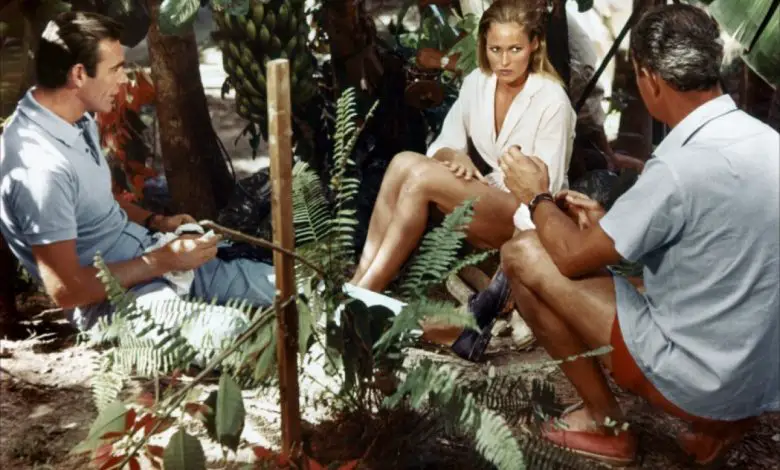
The James Bond franchise is a cinematic juggernaut, with a legacy that spans over half a century. The series has captivated audiences worldwide with its thrilling espionage action, memorable villains, and, of course, the suave and sophisticated character of James Bond himself. However, behind every great Bond film is a visionary director who brings the story to life. This comprehensive guide delves into the directors who have left their mark on this iconic franchise, offering a detailed ranking and exploration of their unique contributions.
From the franchise’s inception with “Dr. No” in 1962 to the latest installment, “No Time to Die,” the directors of these films have shaped and evolved the series in significant ways. They’ve navigated the changing cultural and cinematic landscapes, ensuring that Bond remains a relevant and beloved figure in popular culture. This article offers a deep dive into their individual styles, the challenges they faced, and the enduring impact they’ve had on the world of 007.
Key Takeaways
- The James Bond franchise has been shaped by a variety of directors, each bringing their unique vision to the series.
- John Glen holds the record for directing the most Bond films, with five to his name.
- The directors have navigated the changing times, ensuring the franchise remains relevant and fresh.
- Each director has faced unique challenges in balancing the expectations of fans with the need to innovate and evolve the series.
- Future directors will continue to shape and adapt the franchise, reflecting contemporary themes and issues.
Marc Forster
Directed: Quantum of Solace (2008) Marc Forster’s “Quantum of Solace” is a direct sequel to “Casino Royale,” a first for the franchise. Forster’s film is known for its fast-paced action and exploration of Bond’s character following the events of the previous film.

Lee Tamahori
Directed: Die Another Day (2002) Lee Tamahori’s “Die Another Day” marked the 20th film in the franchise and the 40th anniversary of the series.Tamahori’s film is known for its high-tech gadgets and over-the-top action sequences, reflecting the director’s background in action films.
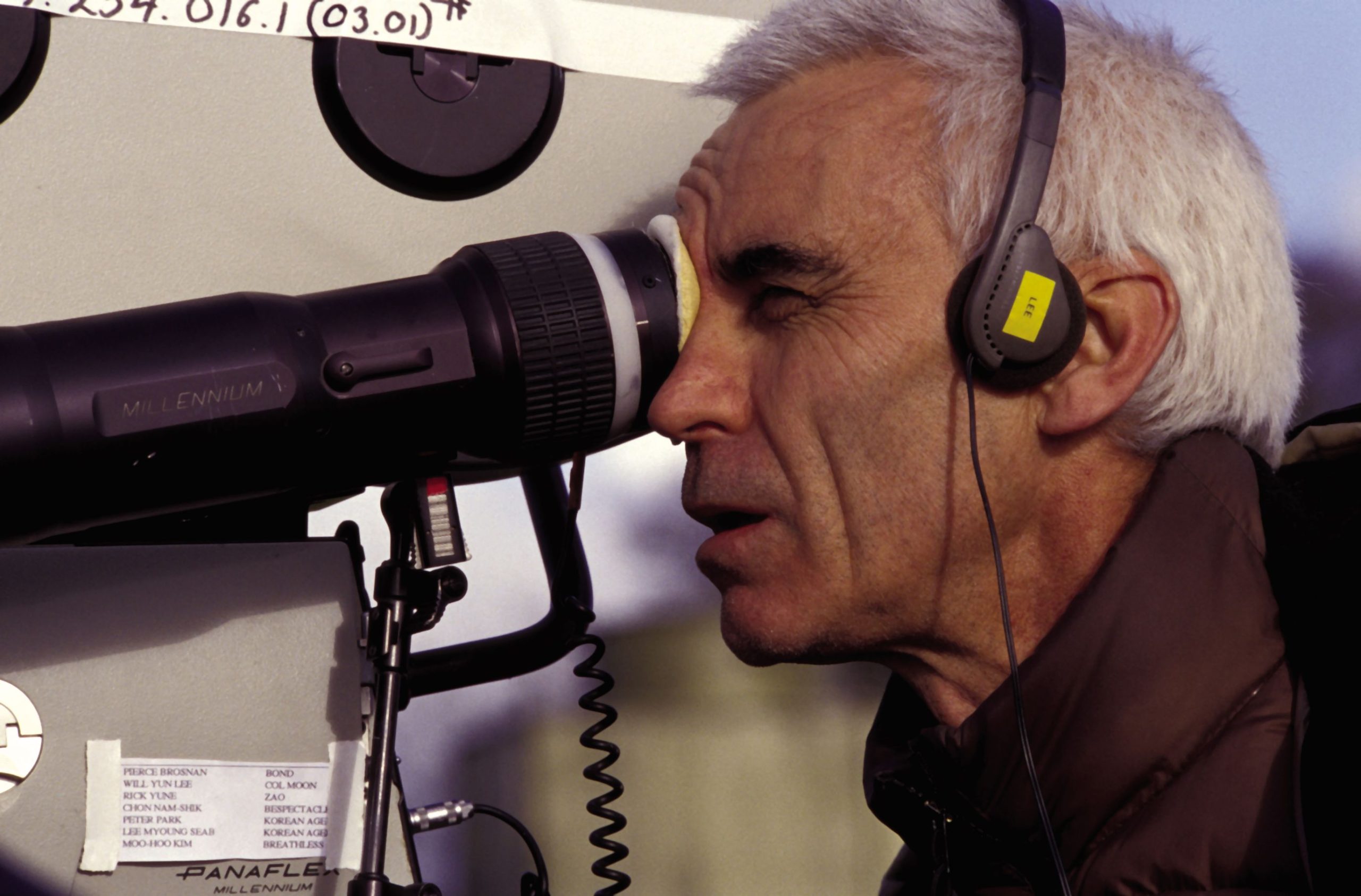
Michael Apted
Directed: The World Is Not Enough (1999) Michael Apted’s “The World Is Not Enough” is noted for its focus on character development, particularly the film’s main antagonist. Apted brought a more dramatic and nuanced approach to the storytelling, resulting in a Bond film with more emotional weight.
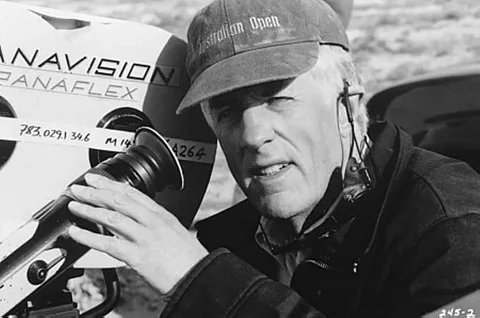
Roger Spottiswoode
Directed: Tomorrow Never Dies (1997) Roger Spottiswoode’s “Tomorrow Never Dies” is known for its exploration of media manipulation, a timely theme in the late 1990s. Spottiswoode brought a dynamic and fast-paced style to the film, resulting in some of the franchise’s most thrilling action sequences.
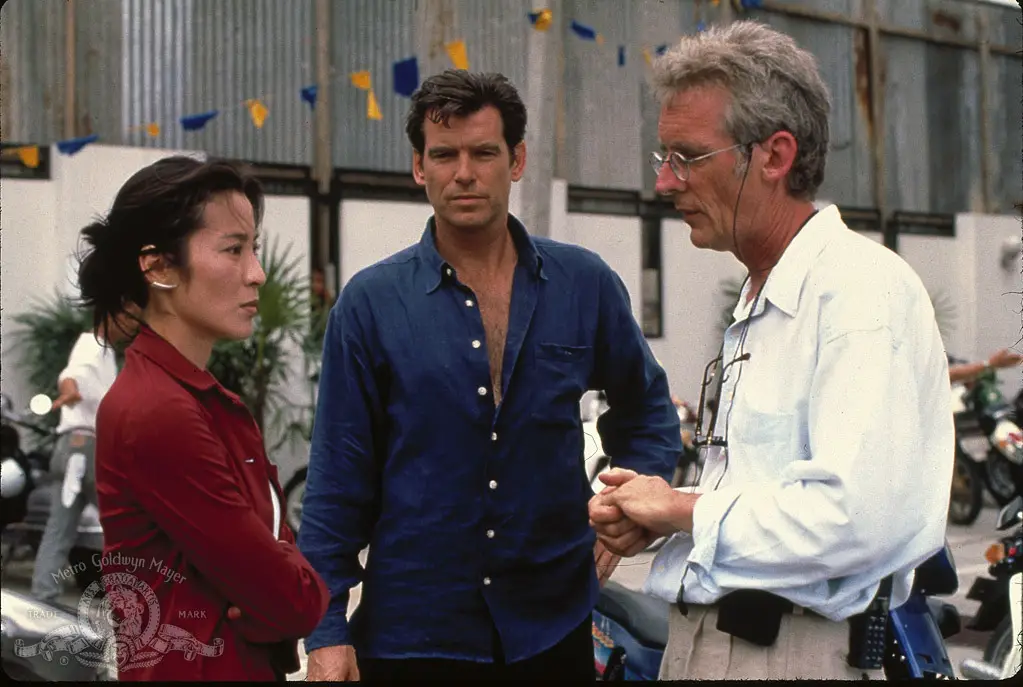
Sam Mendes
Directed: Skyfall (2012), Spectre (2015) Sam Mendes directed two Bond films, including “Skyfall,” which is often ranked among the best in the franchise. Mendes brought a more cinematic and character-driven approach to the series, resulting in films that were both critically acclaimed and commercially successful.
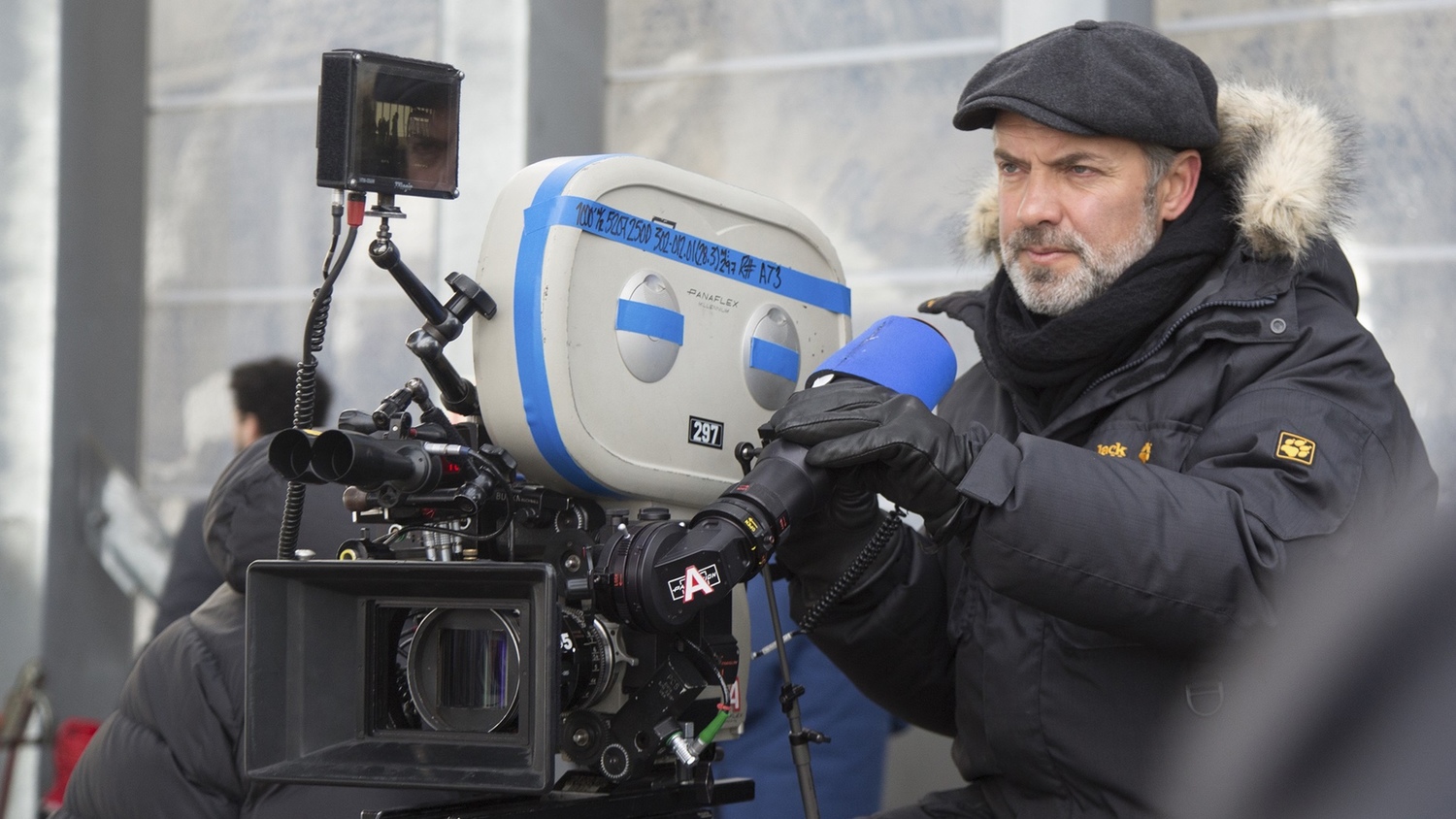
Cary Joji Fukunaga
Directed: No Time to Die (2021) Cary Joji Fukunaga’s “No Time to Die” is the latest film in the franchise and marks Daniel Craig’s final outing as Bond. Fukunaga’s film has been praised for its emotional depth and dramatic storytelling, providing a fitting conclusion to Craig’s tenure as 007.
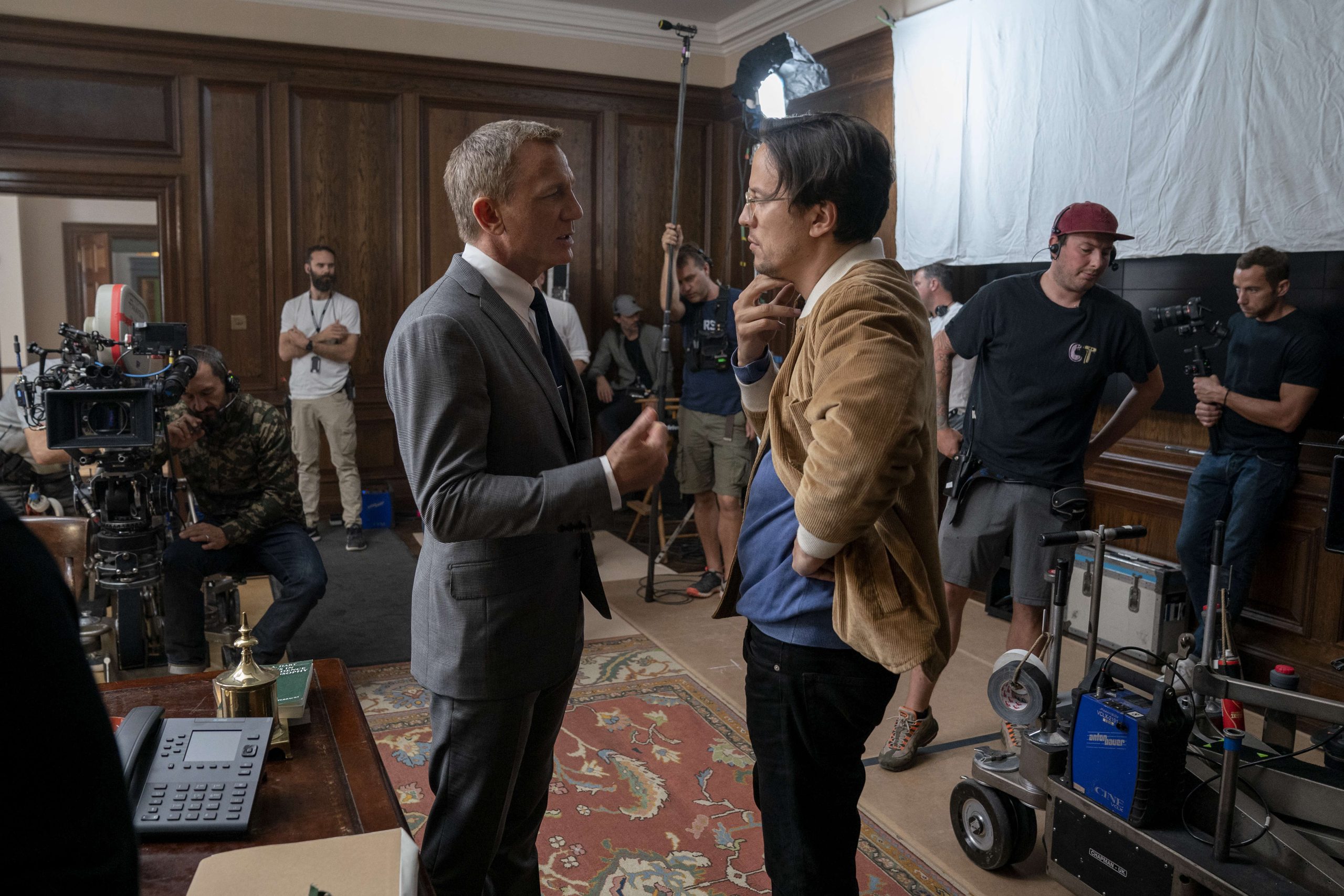
John Glen
Directed: For Your Eyes Only (1981), Octopussy (1983), A View to a Kill (1985), The Living Daylights (1987), Licence to Kill (1989) John Glen holds the record for directing the most Bond films, with five to his name. Glen’s films are known for their action sequences and stunts, many of which have become iconic moments in the franchise. His tenure saw a return to a more grounded and realistic style of storytelling.

Guy Hamilton
Directed: Goldfinger (1964), Diamonds Are Forever (1971), Live and Let Die (1973), The Man with the Golden Gun (1974) Guy Hamilton, who directed four Bond films, is known for his contribution to the evolution of the franchise. His first film, “Goldfinger,” is often considered one of the best in the series. Hamilton introduced a lighter tone and more humor into the franchise, setting the stage for the Bond films of the 1970s.
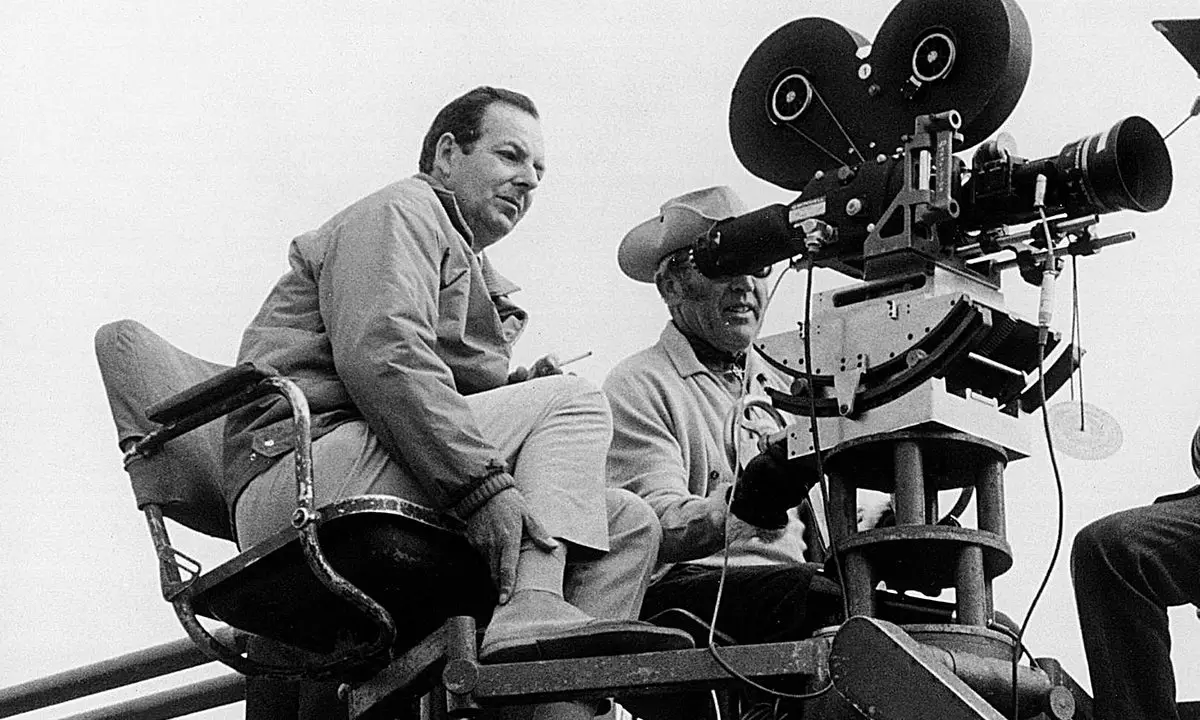
Lewis Gilbert
Directed: You Only Live Twice (1967), The Spy Who Loved Me (1977), Moonraker (1979) Lewis Gilbert directed three Bond films, each known for their grand scale and ambitious storytelling. His film “You Only Live Twice” was the first to truly embrace the larger-than-life elements that would become a staple of the franchise. Gilbert’s films are known for their exotic locations, spectacular set pieces, and memorable villains.
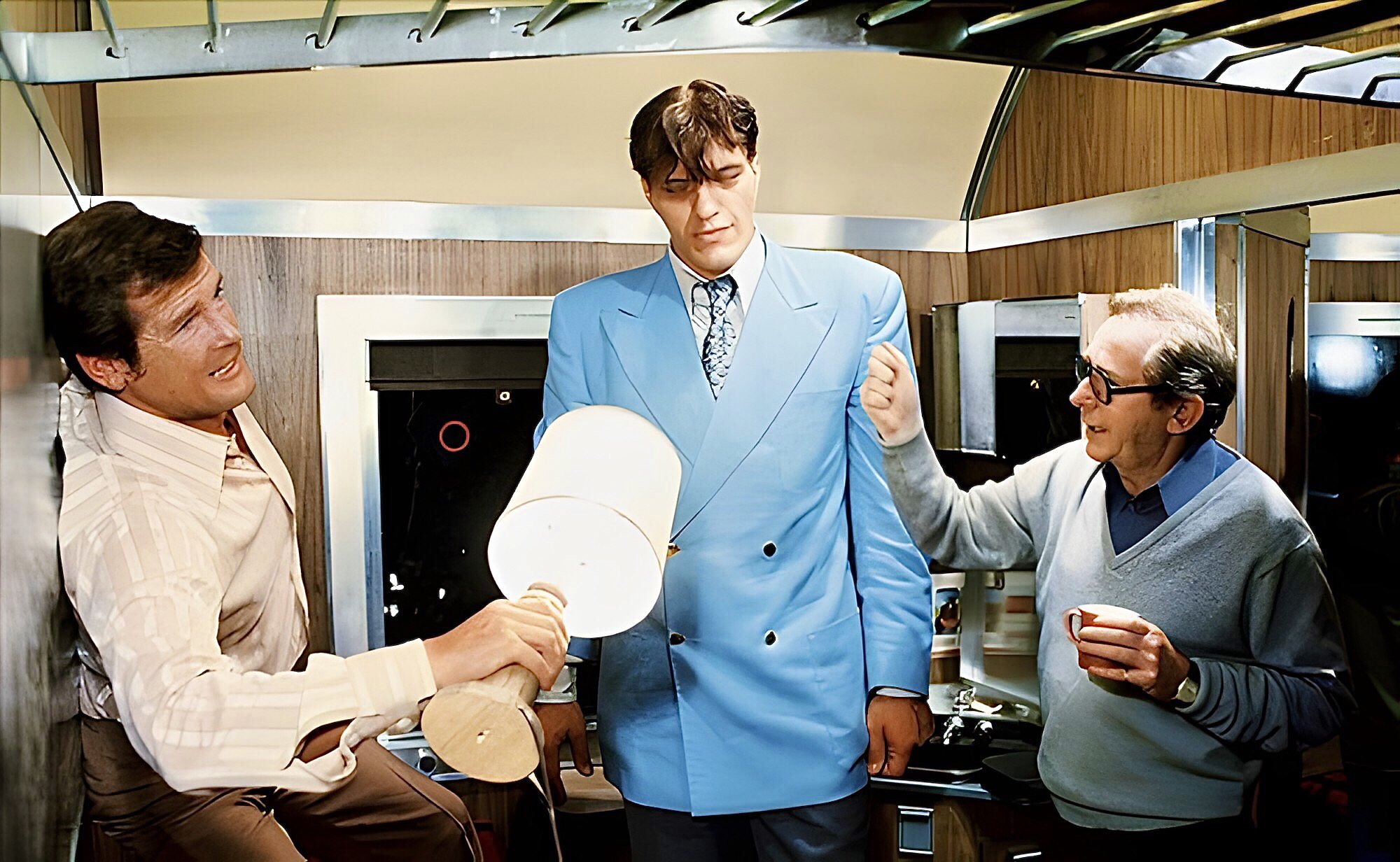
Martin Campbell
Directed: GoldenEye (1995), Casino Royale (2006) Martin Campbell is credited with successfully rebooting the franchise twice, first with “GoldenEye,” which introduced Pierce Brosnan as Bond, and then with “Casino Royale,” which marked Daniel Craig’s debut as 007. Campbell’s films are praised for their balance of classic Bond elements with modern sensibilities.
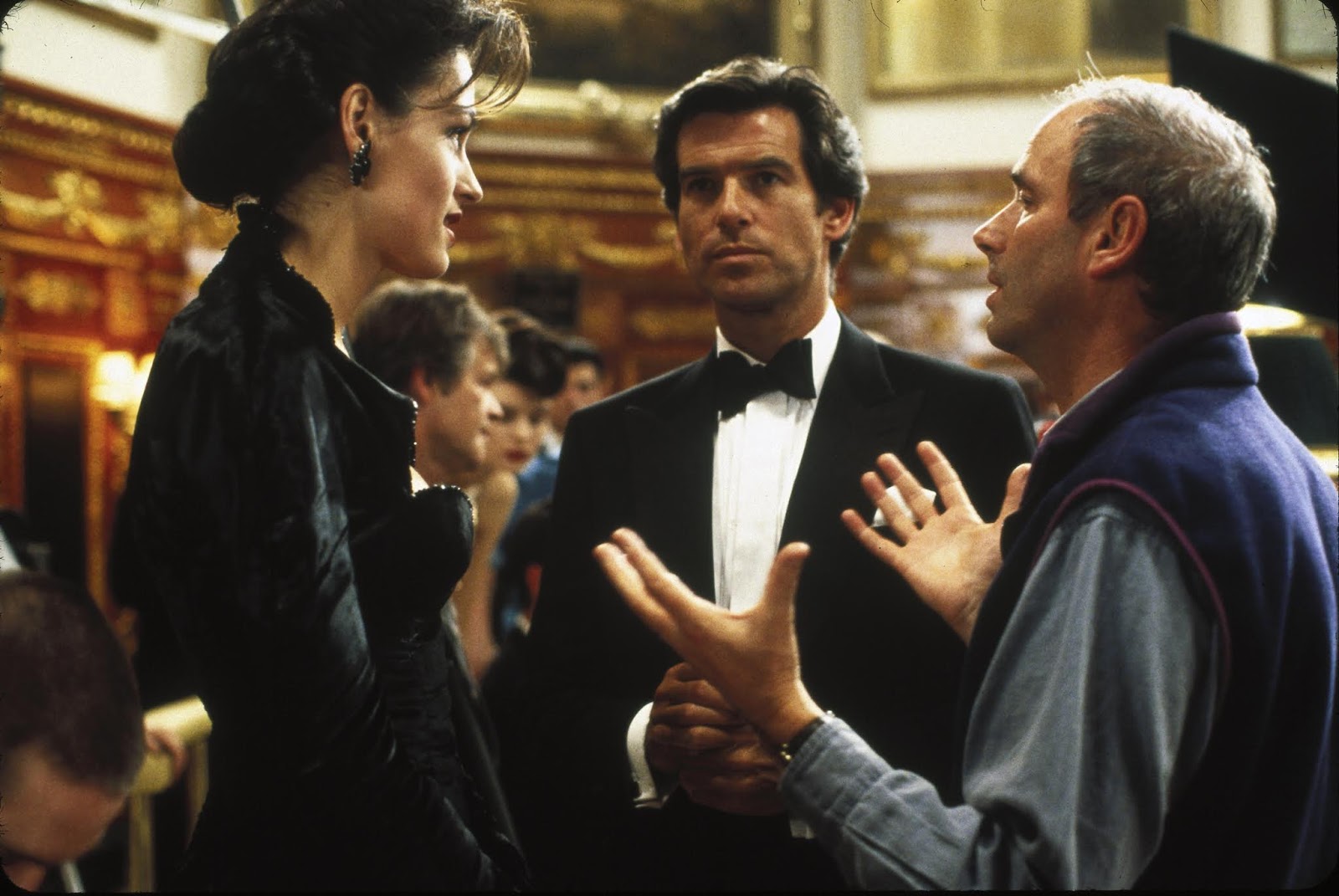
Peter R. Hunt
Directed: On Her Majesty’s Secret Service (1969) Peter R. Hunt directed “On Her Majesty’s Secret Service,” a film known for its emotional depth and dramatic storytelling. Hunt’s film stands out in the franchise for its unique approach to the Bond character, presenting him as a more vulnerable and complex figure.

Terence Young
Directed: Dr. No (1962), From Russia with Love (1963), Thunderball (1965) Terence Young directed the first James Bond film, “Dr. No,” and set the tone for the franchise. His understanding of the Bond character, having worked on the script for the novel, was instrumental in shaping the cinematic image of 007. Young’s sophisticated style and emphasis on character development over action set the standard for future Bond films.
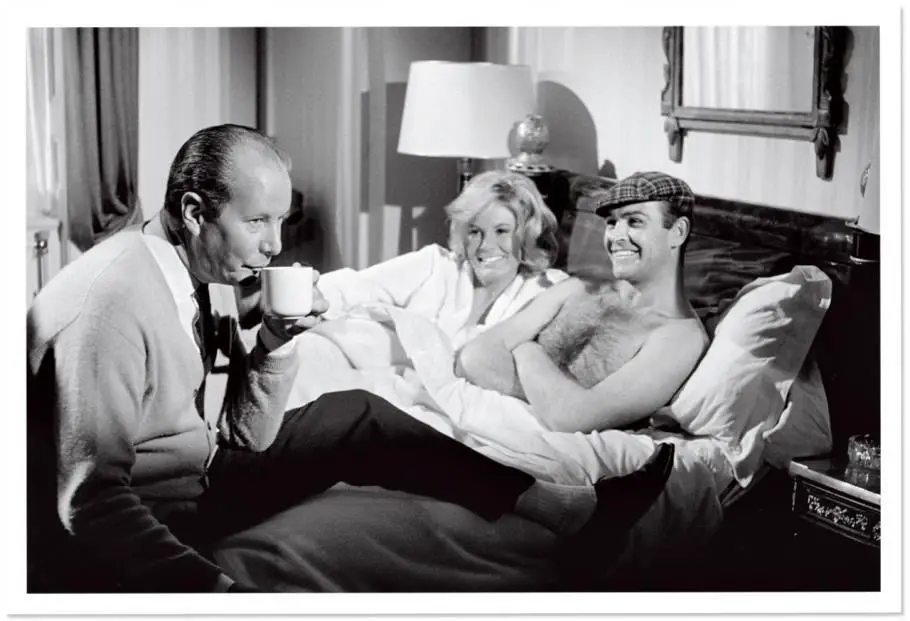
1. Who was the first director of a James Bond movie?
The first director of a James Bond movie was Terence Young, who helmed “Dr. No” in 1962. Young was instrumental in shaping the cinematic image of James Bond, bringing a sense of sophistication and style to the character that would become a hallmark of the franchise. His understanding of the Bond character, having worked on the script for the novel, set the tone for future Bond films.
Young’s emphasis on character development over action was a defining feature of his approach to directing. This focus on character helped to establish a depth and complexity to James Bond that has endured throughout the franchise’s history. Young’s influence on the series is still felt today, with many subsequent directors drawing on his initial vision for the character.
2. Which director has directed the most James Bond films?
The director who has directed the most James Bond films is John Glen, with five films to his name. Glen’s tenure as director spanned the 1980s and included “For Your Eyes Only” (1981), “Octopussy” (1983), “A View to a Kill” (1985), “The Living Daylights” (1987), and “Licence to Kill” (1989).
Glen’s films are known for their action sequences and stunts, many of which have become iconic moments in the franchise. His approach to directing marked a return to a more grounded and realistic style of storytelling, which contrasted with the larger-than-life elements that had characterized many of the earlier films in the series.
3. How have different directors influenced the style of James Bond movies?
Different directors have brought their unique vision and style to the James Bond franchise, influencing its evolution over the years. For example, Guy Hamilton, who directed four Bond films, introduced a lighter tone and more humor into the franchise, setting the stage for the Bond films of the 1970s.
On the other hand, Lewis Gilbert, who directed three Bond films, is known for his grand scale and ambitious storytelling. His film “You Only Live Twice” was the first to truly embrace the larger-than-life elements that would become a staple of the franchise. These examples illustrate how each director has left their mark on the series, shaping its direction and style.
4. How has the James Bond franchise evolved under different directors?
The James Bond franchise has evolved significantly under the guidance of different directors. In the early years, directors like Terence Young and Guy Hamilton established the character’s suave demeanor and the series’ blend of action and humor. As the franchise progressed, directors like Lewis Gilbert and John Glen introduced more spectacular set pieces and stunts, while maintaining the series’ core elements.
In the modern era, directors like Martin Campbell and Sam Mendes have successfully rebooted the franchise, balancing classic Bond elements with modern sensibilities. They’ve explored deeper character development and more complex narratives, while still delivering the thrilling action that fans expect from a Bond film.
5. Who was the director of the latest James Bond movie?
The director of the latest James Bond movie, “No Time to Die” (2021), is Cary Joji Fukunaga. Fukunaga brought a fresh perspective to the franchise, with his film being praised for its emotional depth and dramatic storytelling.
“No Time to Die” marks Daniel Craig’s final outing as Bond, and Fukunaga’s direction provided a fitting conclusion to Craig’s tenure as 007. The film has been lauded for its balance of traditional Bond elements with a more modern, character-driven narrative, showcasing Fukunaga’s unique vision forthe franchise.
6. How do directors get chosen for James Bond films?
The process of choosing a director for a James Bond film involves several key factors. The producers, primarily Barbara Broccoli and Michael G. Wilson, play a crucial role in this decision. They look for directors who have a strong vision for the franchise, a deep understanding of the Bond character, and the ability to balance the series’ traditional elements with fresh ideas.
Additionally, the director’s previous work is often a significant factor. For example, Martin Campbell was chosen to direct “GoldenEye” due to his experience with action films. Similarly, Sam Mendes was selected for “Skyfall” because of his background in character-driven dramas. The choice of director is crucial in shaping the direction and tone of each Bond film.
7. How have the directors maintained the continuity of the James Bond franchise?
Despite the change in directors over the years, the James Bond franchise has maintained a certain level of continuity. This is largely due to the guiding hand of the producers and the consistent elements that define a Bond film – the character of James Bond, the blend of action and espionage, the iconic opening sequences, and the memorable villains.
However, each director brings their unique style and vision to their respective films, adding to the richness and diversity of the franchise. While the tone and style of the films may vary, the essence of the character and the core elements of the franchise remain consistent.
8. What challenges do directors face when making a James Bond movie?
Directing a James Bond movie comes with a unique set of challenges. One of the main challenges is balancing the expectations of fans, who have certain preconceived notions about what a Bond film should be, with the need to keep the franchise fresh and relevant.
Directors also face the challenge of working on a large scale, with complex action sequences, exotic locations, and high production values. Additionally, they must navigate the legacy of the franchise and the iconic nature of the Bond character, while still bringing their unique vision to the film.
9. How have directors adapted James Bond to changing times?
Directors have played a crucial role in adapting the James Bond franchise to changing times. From the Cold War era to the digital age, each director has found ways to make their Bond films relevant to the times in which they were made.
For example, “Tomorrow Never Dies” (1997), directed by Roger Spottiswoode, explored the theme of media manipulation, a timely issue in the late 1990s. More recently, Sam Mendes’ “Skyfall” (2012) and “Spectre” (2015) delved into themes of surveillance and privacy in the digital age.
10. What can we expect from future directors of James Bond movies?
While it’s hard to predict exactly what future directors will bring to the James Bond franchise, we can expect them to continue the tradition of balancing classic Bond elements with fresh ideas. They will likely continue to adapt the franchise to reflect contemporary themes and issues, while maintaining the core elements that make a Bond film.
Future directors will also likely continue to explore deeper character development and more complex narratives, following the trend set by recent films in the series. As the franchise moves forward, the choice of director will play a crucial role in shaping the direction and tone of future Bond films.
Conclusion
The directors of the James Bond films have played a crucial role in shaping the franchise’s legacy. Their unique visions and styles have not only influenced the individual films they directed but have also had a lasting impact on the series as a whole. As we look forward to future installments, it’s clear that the choice of director will continue to be a key factor in the franchise’s success.
From Terence Young’s foundational work on “Dr. No” to Cary Joji Fukunaga’s fresh take on “No Time to Die,” the directors of the James Bond films have left an indelible mark on the franchise. Their contributions have ensured that, no matter how much time passes or how much the world changes, James Bond remains the epitome of the stylish, sophisticated, and thrilling world of espionage.
here is another point of view in the following video:

This comprehensive ranking provides an overview of each director’s contributions to the James Bond franchise. Each director brought their unique style and vision to the series, resulting in a diverse and enduring franchise that continues to captivate audiences around the world.








